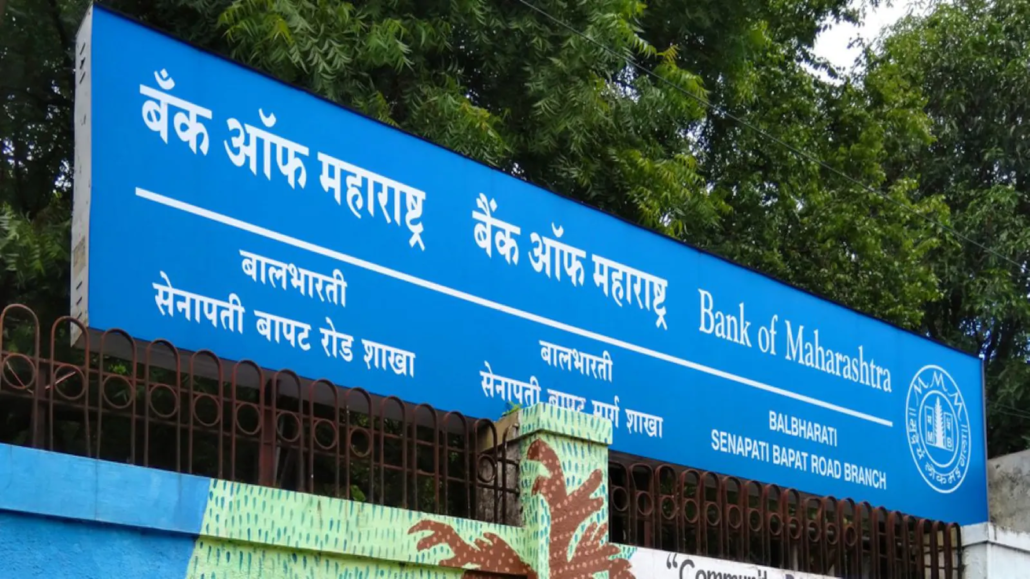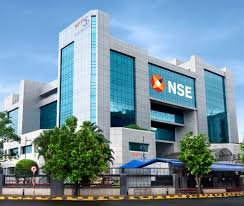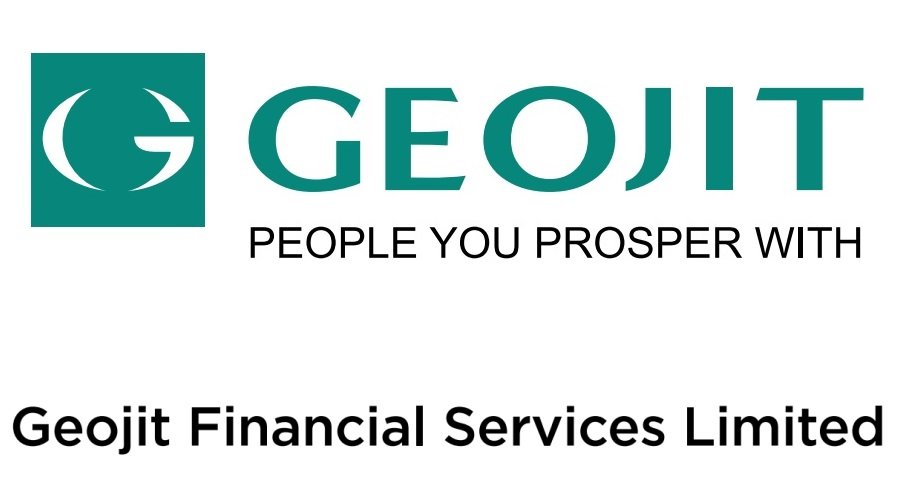PROBABILITIES OF DALAL STREET ON 16th JULY 2024
PROBABILITES OF DALAL STREET ON 16th JULY 2024

Dear market participants, as per yesterday’s view nifty closed in green but failed to break its all-time high but sustained above 24500. before taking the next move we should look at the following points.

- FII bought 3.48 Laksh index futures and in options, they bought 83,058 so they are neutral in derivatives. In cash, they purchased 2684cr.
- DII’s sold 75067 index future and in options they sold 3.93L. in cash they sold 331cr
- Clients are bearish in the future and in options too.
- If we look at Global markets, US markets are positive, European markets are negative, and Asian markets are mixed
- The volatility index rose 37%, which closed at 14.19.
- As per open interest nifty has 24500 followed by 24400, which has the highest put seller. there are negligible call sellers at 24700 and at 24750.

In the daily time frame nifty made a doji candle, so there is indecisive in the next move of nifty one should care fully watch at high and low points of the previous day’s trading session if it breaks any of the points then it moves further 100 points in the same direction. the main points for the next trading session in nifty are 24500 and 24650.
-By
A Ganesh R Bhat


















